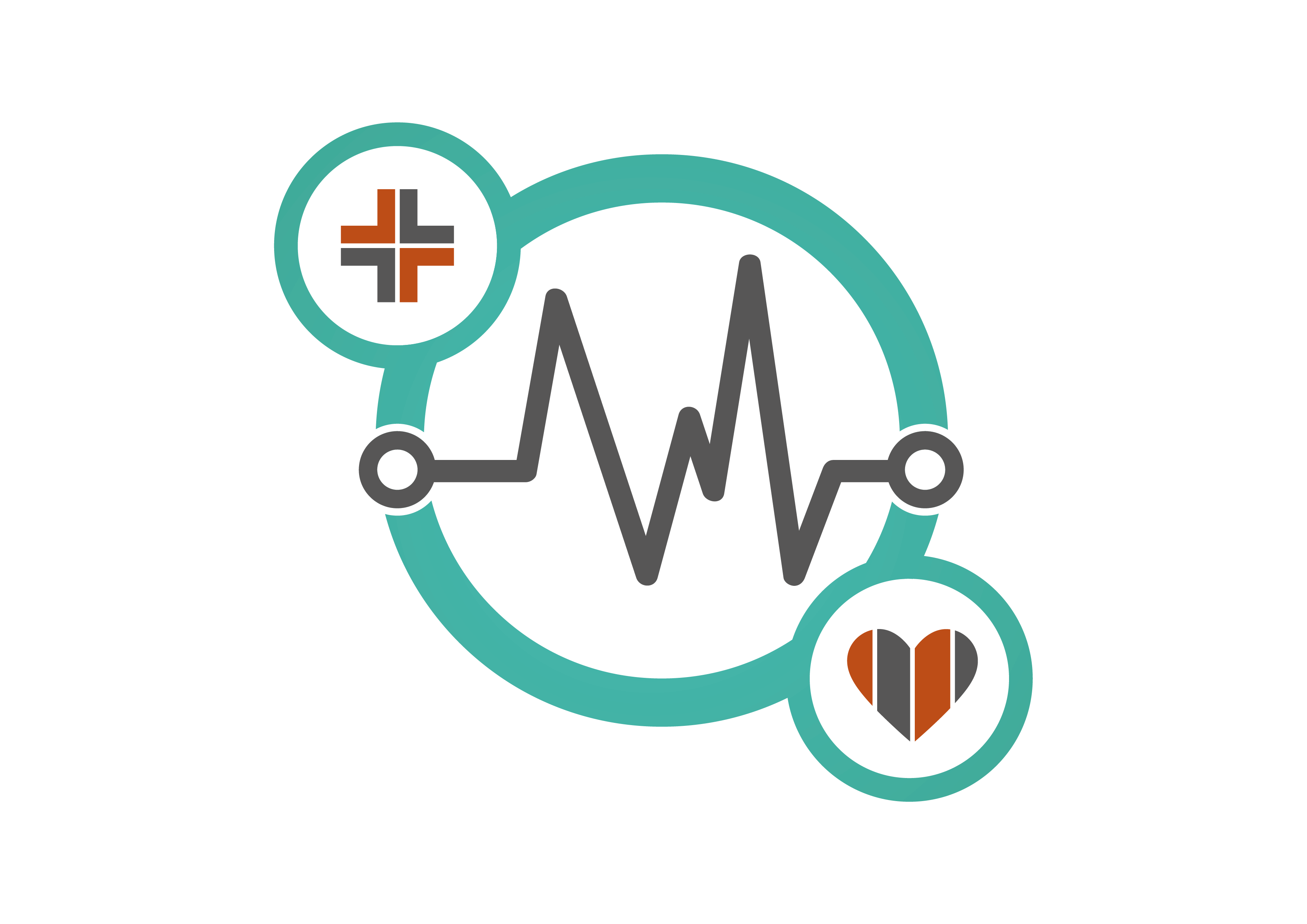This article written by Roland Mattern, Director of Marketing for eSight at Gentex Corporation, explores how rapid technological advancements are reshaping eye care, from AI-driven diagnostics to wearable devices, revolutionising treatment and enhancing quality of life for millions globally.

The rapid evolution of technology is reshaping the field of optometry by bringing new and innovative solutions to people living with visual impairments and disabilities. In the United States alone, approximately 12 million people 40 years and over have a visual impairment. This statistic is helping to drive these innovations forward. Assistive technology is one of the many fields leading this evolution and revolutionising optometry’s approach to enhancing the overall quality of life for patients.
Over the last several years and leading into the future, the integration of Artificial Intelligence (AI), Machine Learning and Virtual/Augmented Reality is expected to drive significant improvements in optometry by improving diagnosis, treatment and patient care. These technological strides, coupled with adaptive equipment, such as text-to-speech tools and vision-enhancing glasses, indicate a transformative era in optometry and visual aid technology.
Advances in optometry tech
Optometrists are finding new ways to incorporate technology throughout the entire patient-care process, starting at diagnosis and ending with at-home care. These advancements in diagnostic tools and therapeutic options are expanding offerings in eye care and impairment management.
- State-of-the-art diagnostic equipment: Advanced retinal imaging systems, remote monitoring and genetic testing are reimagining how patients’ eye conditions are detected. Tools such as Optical Coherence Tomography (OCT) and its transformation into at-home technology will soon enable patients to play a vital role in the monitoring of their disease. OCT tools provide high-resolution imaging of the retina, vitreous and choroid, allowing for early detection and treatment of conditions like glaucoma and age-related macular degeneration (AMD).
- Telemedicine and digital health innovations: Telemedicine and digital health integrations in optometry are creating a more accessible and efficient reality. Simple innovations such as online appointment booking and automated texting for appointments can make all the difference for patients. Digital applications for vision therapy and AI-powered platforms for medical transcription are streamlining administrative tasks and enhancing patient care.
- Pharmaceutical and therapeutic breakthroughs: In recent years, FDA approvals for ophthalmologic disease treatments have significantly increased. Dry eye therapies in particular have been leading these advancements through rapid progressions in treatment options such as intense pulsed light (IPL) therapy. IPL therapy uses pulses of broad-spectrum light to target and heat the blood vessels around the eyes, helping to reduce inflammation and improve blood flow.
Wearable tech for the visually impaired
Wearable technologies have become pivotal in enhancing the lives of individuals with visual impairments. Tools that leverage AI and other advanced optics can offer unprecedented support for patients living with vision loss and related diseases.
- AI-driven devices: Text-to-speech devices make up a large portion of these developments. Other use cases for this technology include object recognition and scene description devices or mobile apps, which can significantly impact daily living.
- Augmented Reality (AR) and Extended Reality (XR): Apple’s Vision Pro headset is a leading example of how AR, VR, and XR are being integrated into health and wellness. In the optometry space, these headsets can enhance real-world images in an immersive experience, offering a new dimension of visual aid.
- State-of-the-art wearables: Wearables in optometry are also becoming more accessible for patients with visual impairments. Vision-enhancing devices like eSight glasses, enable patients to achieve up to 20/20 enhanced vision with the use of high-definition cameras that optimise and enhance footage in real-time to provide clarity for those with central vision loss. Bone conduction headphones and braille displays also provide alternative ways to safely interact with technology and access information.
These technologies not only aim to mitigate the sight challenges faced by the visually impaired but also foster independence and confidence in navigating the world.
The Impact of AI and Machine Learning
Another important advancement in technology for optometry is AI (AI) and Machine Learning. One of the most notable expansions in optometry through the introduction of AI is predictive diagnostics. AI algorithms can assist in detecting early signs of conditions like diabetic retinopathy, glaucoma and age-related macular degeneration by analysing retinal images and scans. While this technology is still advancing, its capability for early intervention can potentially save patients’ sight.
AI can also be implemented to create personalised care plans with predictive analytics. This approach not only enhances the precision of treatments but also aligns with a patient’s unique health profile.
While these progressions can be transformative in diagnosis, treatment and care, it is also important to recognise the challenges that come with AI such as data privacy, algorithm transparency and potential biases.
Future trends in optometry and visual aid tech
As we continue to make strides in implementing optometry and visual aid technology, there is the promise of redefining care and accessibility. These trends, driven by technology and a deeper understanding of vision impairment, focus on personalised care and community-driven support.
For these advancements to continue playing a pivotal role in the way optometrists approach care for patients with visual impairments, collaboration between medical professionals and technological innovators is critical. From AI-driven devices that enhance daily activities to state-of-the-art diagnostic equipment that revolutionises early detection and treatment of eye conditions, the future of optometry is poised to offer unprecedented precision and personalisation in care.
These developments not only promise to elevate the standard of eye care but also pave the way for greater independence, quality of life and inclusivity for individuals with visual impairments.


